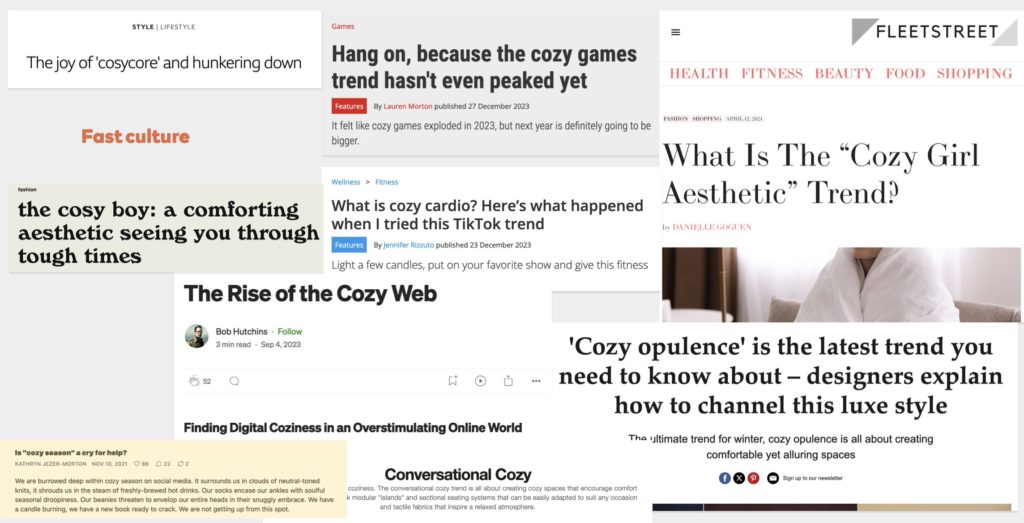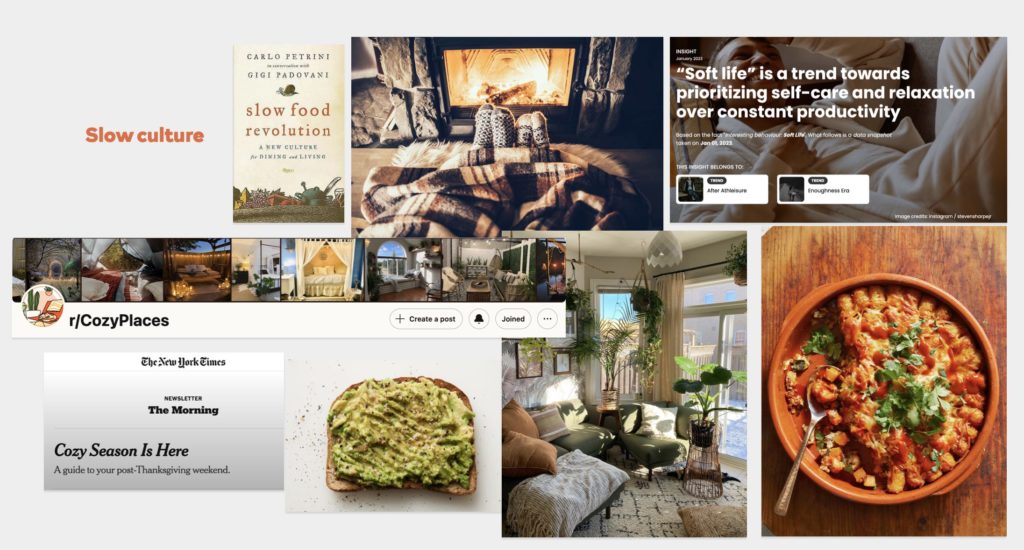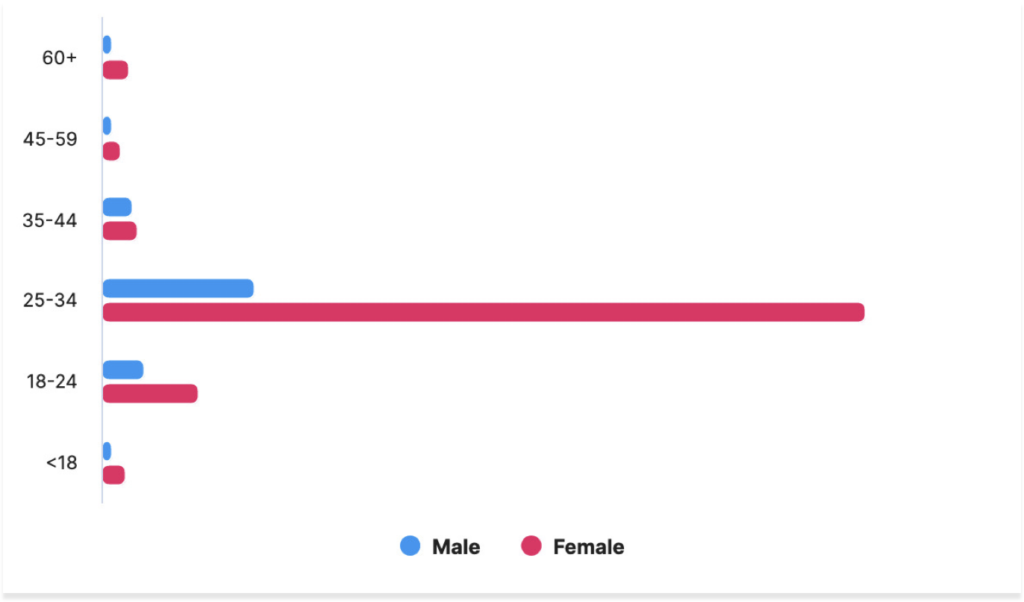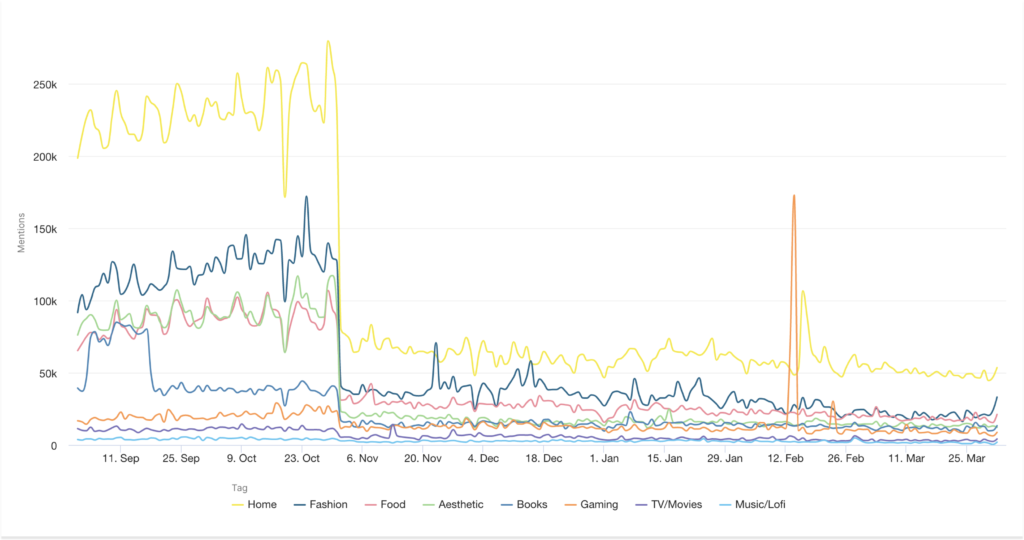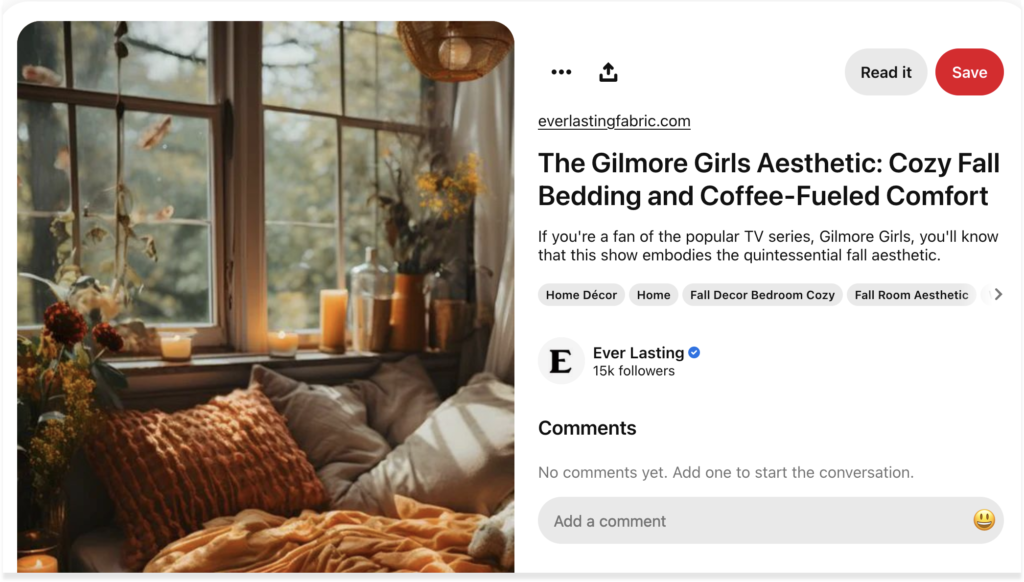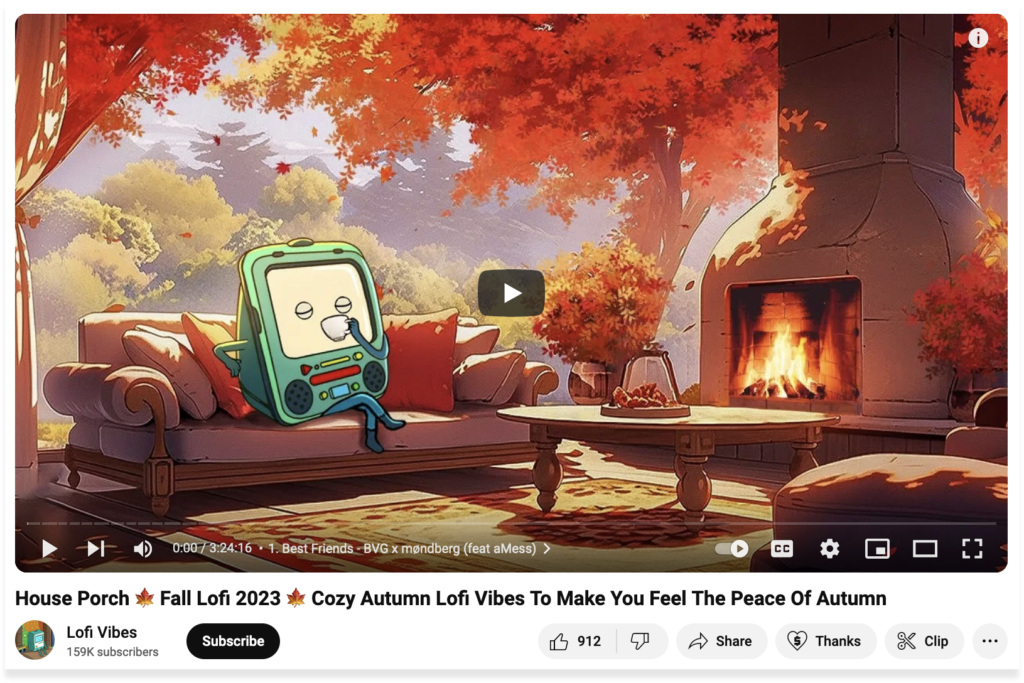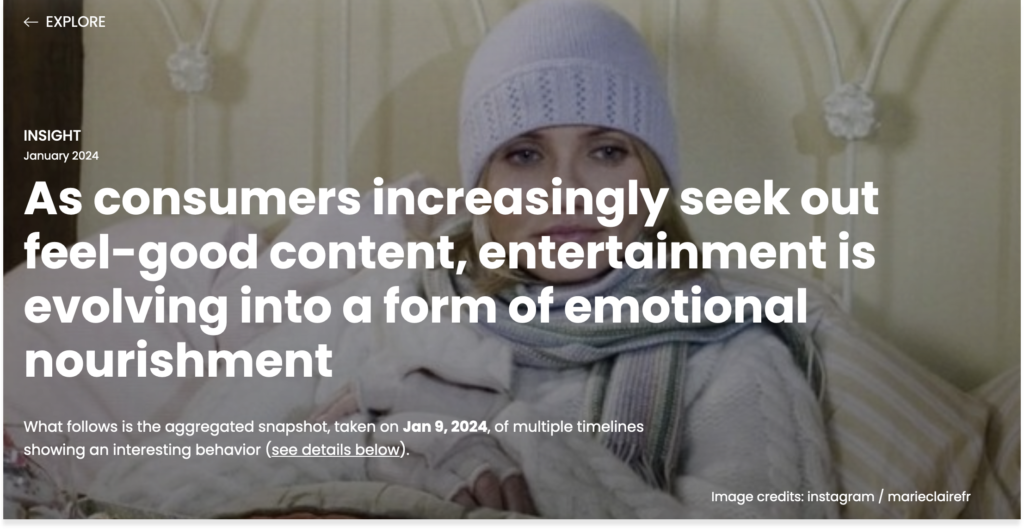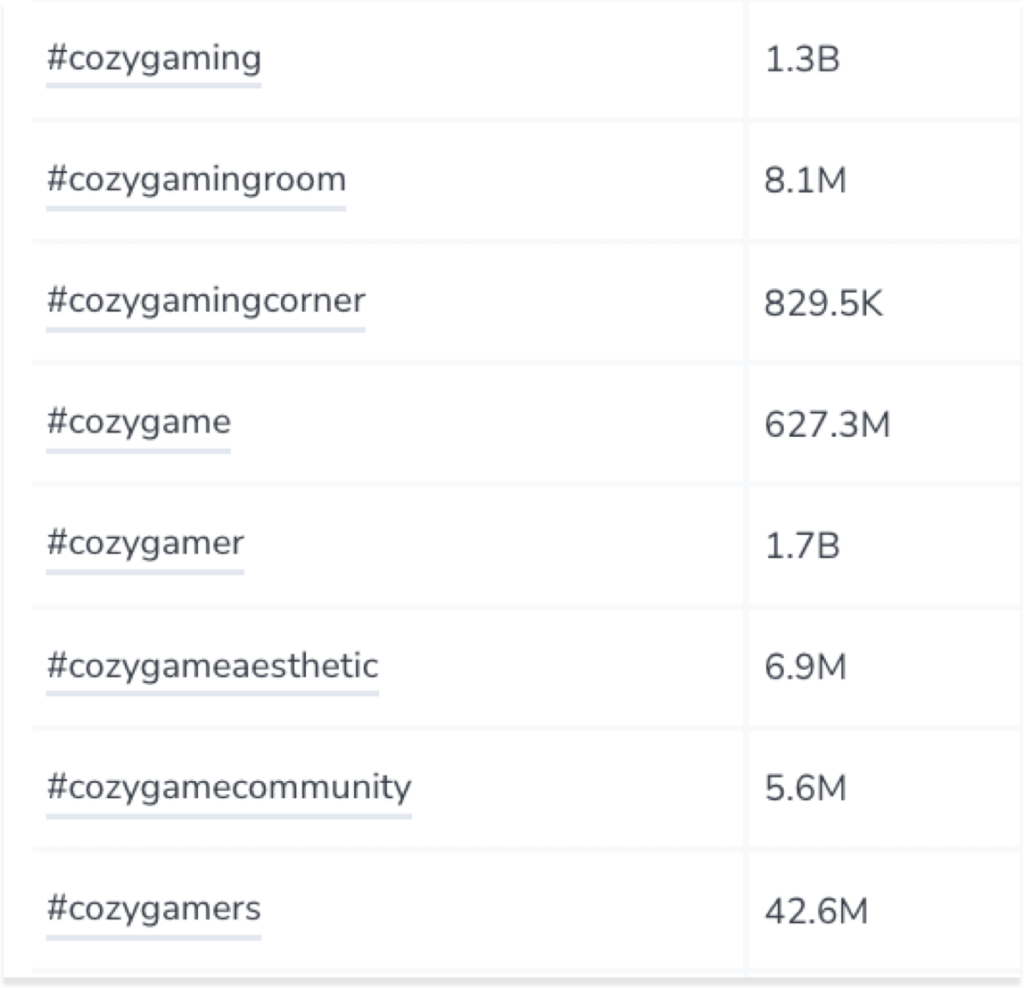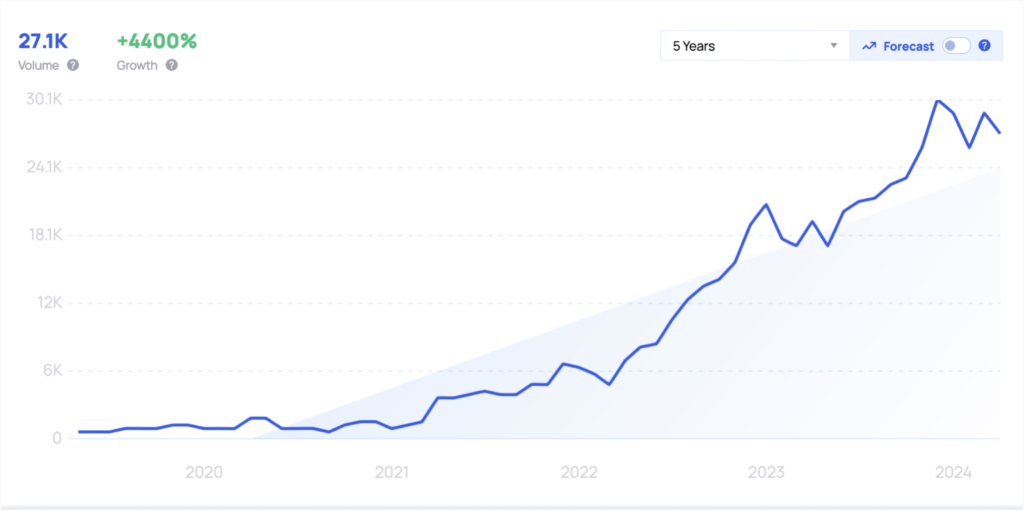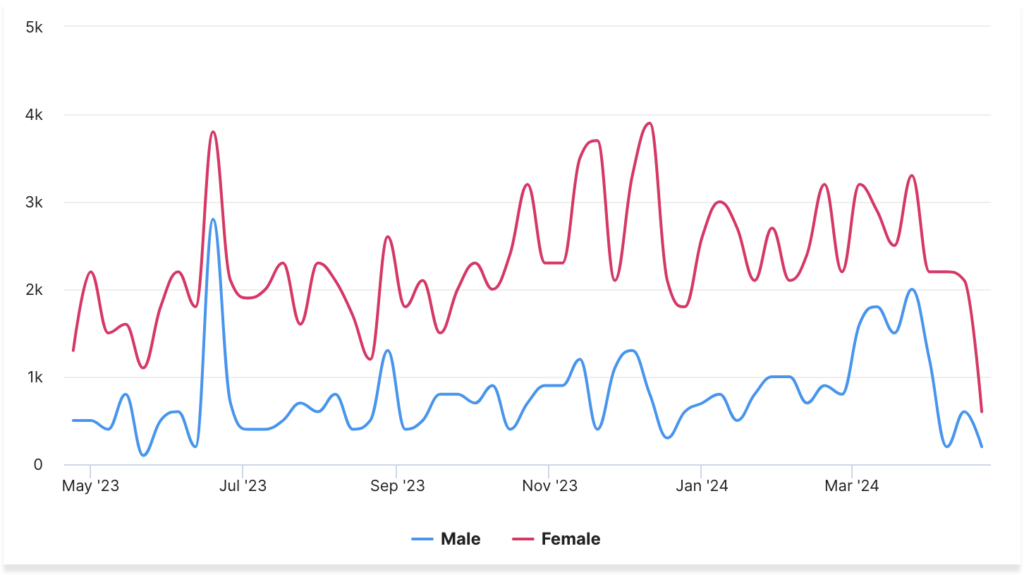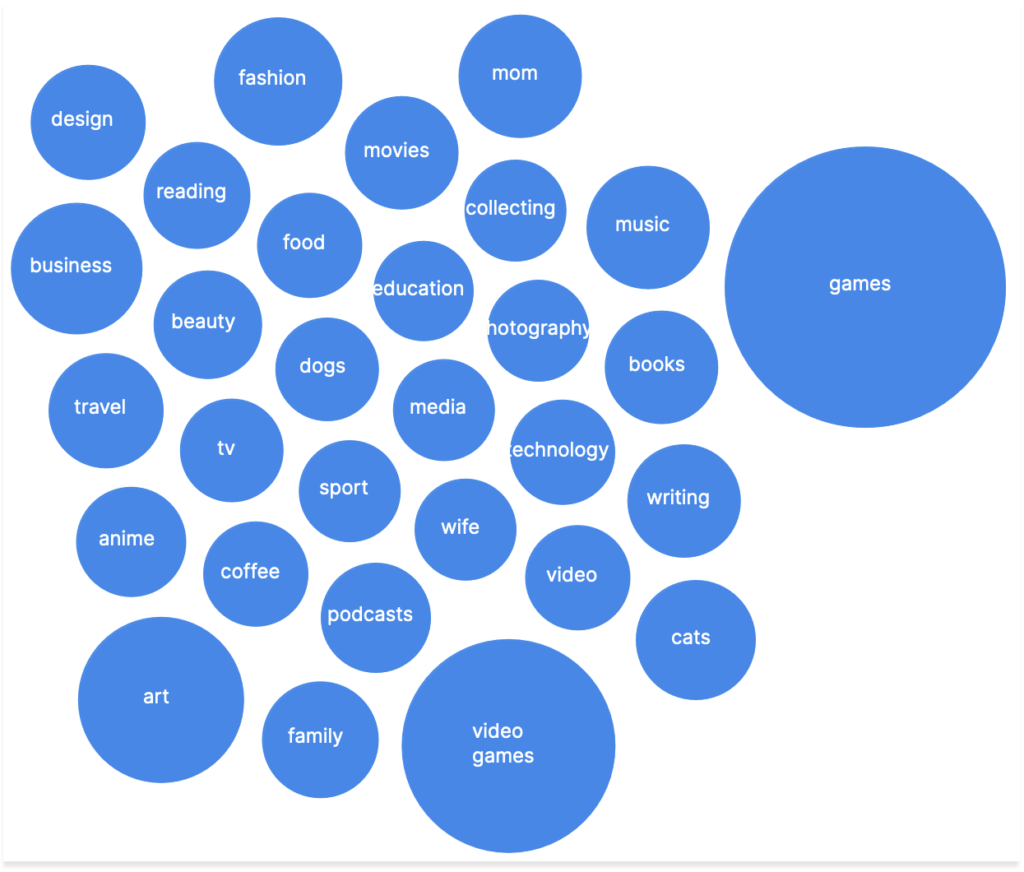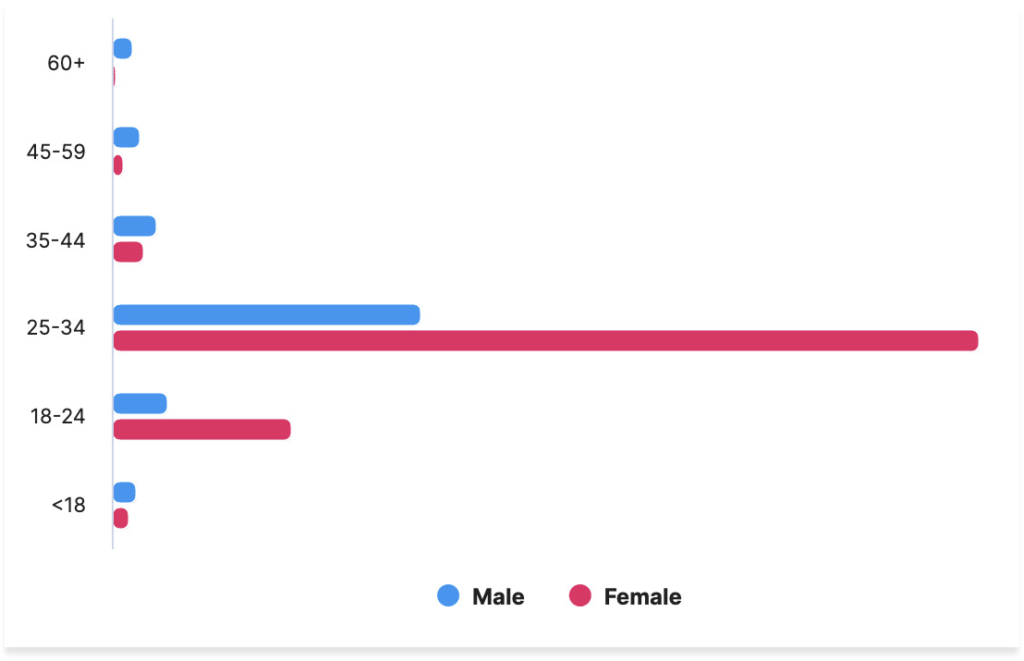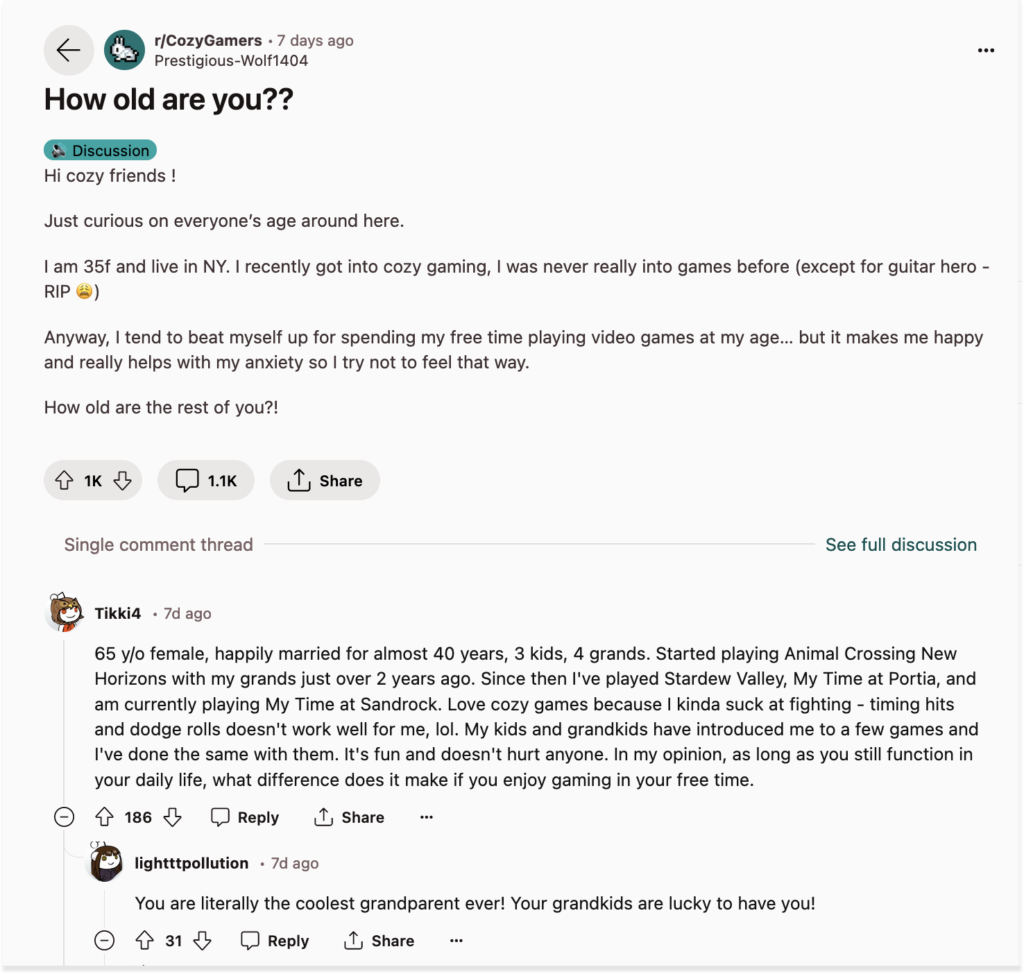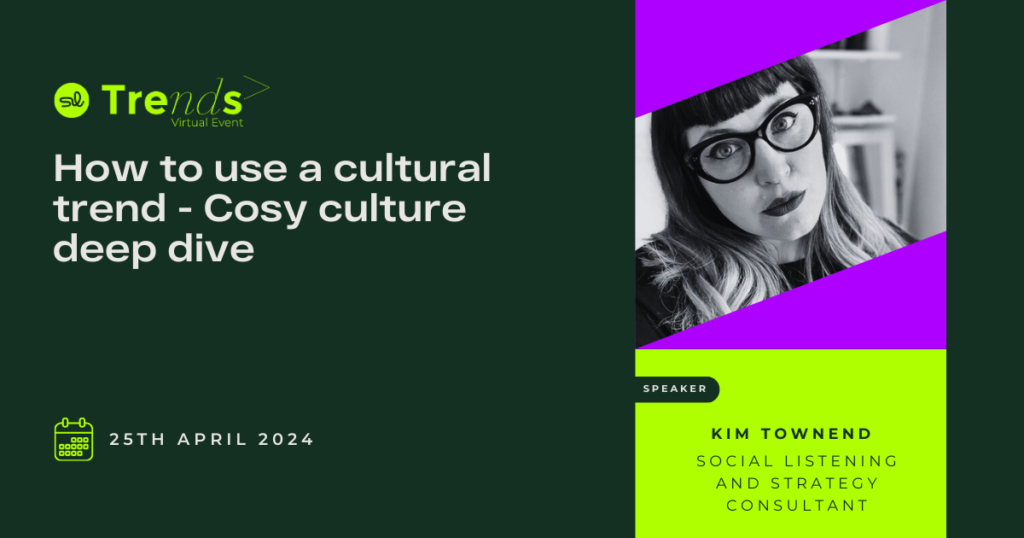I followed my cosy research from last year by diving into some different areas of the mega-trend over the last three months of this year.
I’ve embedded the deck I shared as part of the webinar I gave with AI social trends platform NextAtlas and shared the link to a recording of the webinar, too.
In this research, I cover:
- What cosy culture is
- The key social platforms for cosy culture
- How cosy fashion took over the world
- Upcoming trends around the cosy home on Pinterest and Instagram
- Cosy food, Gen Z’s love for soup and more
- A deep dive into what the cosy lifestyle is
- Why cosy gaming is having a moment.
And the link to watch the webinar: https://www.linkedin.com/video/live/urn:li:ugcPost:7262509833914839040
If you’d like to work with me or learn more about any of my social listening research, please get in touch!


